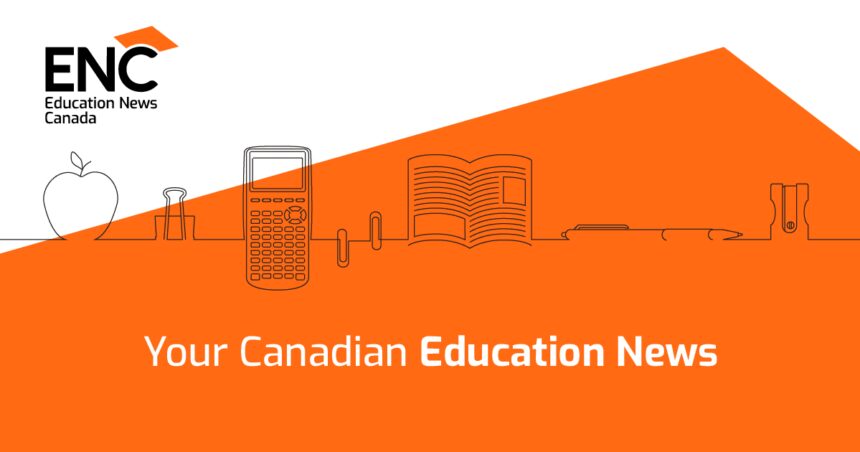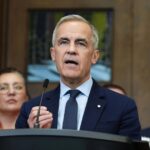In a watershed moment for Canadian education policy, provincial and territorial ministers convened yesterday for the 113th Council of Ministers of Education, Canada (CMEC) meeting, establishing ambitious priorities that could reshape learning environments across the nation. The high-stakes gathering, chaired by Nova Scotia Education Minister Becky Druhan, marked a crucial inflection point as education systems nationwide grapple with post-pandemic recovery and accelerating technological disruption.
“What happens in our classrooms today determines Canada’s competitiveness tomorrow,” stated Minister Druhan, setting a tone of urgency that permeated the discussions. “The challenges before us demand unprecedented coordination to ensure no student, regardless of postal code, falls behind in accessing quality education.”
The ministers achieved consensus on four strategic priorities that will guide interprovincial cooperation through 2027. Indigenous education transformation headed the agenda, with commitments to accelerate implementation of education-related Truth and Reconciliation Commission calls to action. Ministers pledged concrete timelines for integrating Indigenous knowledge systems and languages into provincial curricula, acknowledging historical shortcomings in this critical area.
Digital learning infrastructure emerged as the second pillar, with ministers acknowledging the stark digital divide exposed during pandemic-era remote learning. The CMEC announced a comprehensive national broadband initiative targeting rural and remote communities, coupled with teacher professional development programs focused on digital pedagogy. This represents a direct response to findings that nearly 17% of Canadian students faced significant connectivity challenges during pandemic-related school closures.
“The digital transformation of education isn’t merely about technology—it’s about equity of access,” explained Quebec’s Education Minister. “We’re establishing a framework that ensures technological advancement doesn’t widen existing socioeconomic gaps.”
Mental health support systems constituted the third priority area, with ministers unveiling a coordinated approach to student wellbeing following alarming data from Canada News showing a 37% increase in adolescent anxiety and depression diagnoses since 2019. The framework includes standardized early intervention protocols and dedicated funding for school-based mental health professionals, addressing what many education experts have termed a “shadow pandemic” affecting Canadian youth.
The final priority centered on international education positioning, with ministers emphasizing Canada’s potential as a global education leader. A comprehensive strategy aims to strengthen the country’s appeal to international students while enhancing domestic students’ global competencies. This initiative arrives as competition for international students intensifies globally, with recent CO24 Business analyses indicating the sector contributes over $22 billion annually to the Canadian economy.
The meeting wasn’t without contention, however. Tensions emerged around funding mechanisms, with several provinces advocating for increased federal support while maintaining jurisdictional autonomy. The delicate balance between national coordination and provincial authority—a perennial challenge in Canadian federalism—surfaced repeatedly during policy discussions.
Education stakeholders offered mixed reactions to the announced priorities. The Canadian Teachers’ Federation praised the mental health focus but expressed concern about implementation timelines, while indigenous education advocates cautiously welcomed commitments while emphasizing the need for meaningful consultation with First Nations, Métis, and Inuit communities throughout the process.
The ministers concluded the meeting by establishing a quarterly progress review mechanism—an unprecedented level of accountability for CMEC initiatives. This approach signals a recognition that previous education frameworks have sometimes faltered during implementation phases.
As classroom doors open for another academic year across Canada, the question remains: will this ambitious national vision translate into tangible improvements for students navigating an increasingly complex world, or will jurisdictional complexities once again impede meaningful progress in Canadian education?










